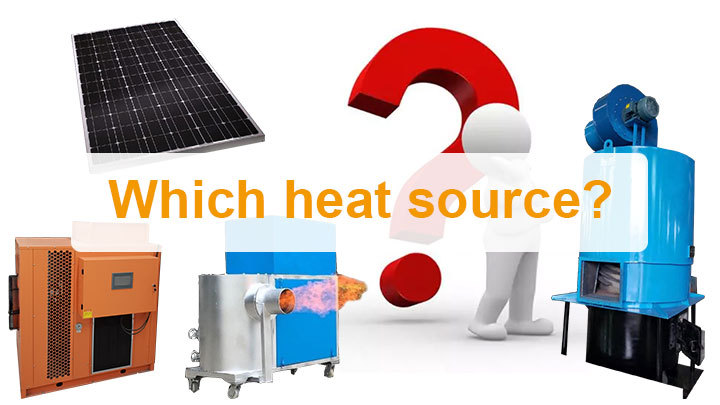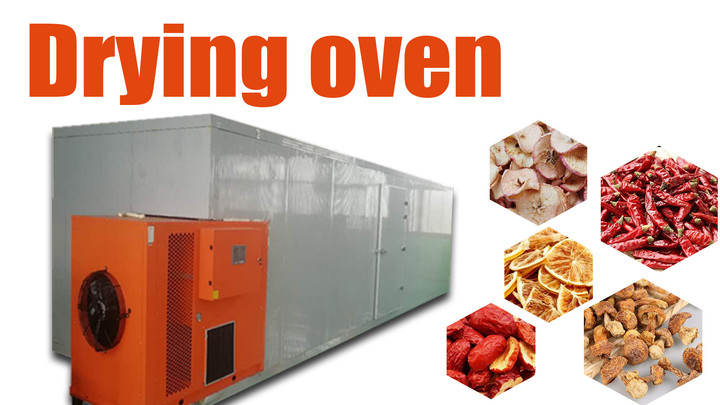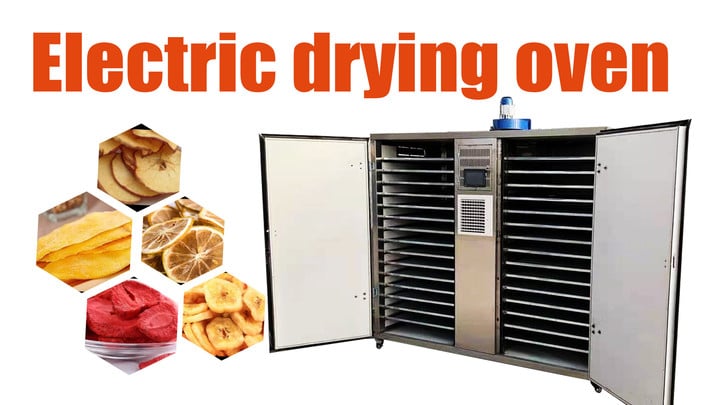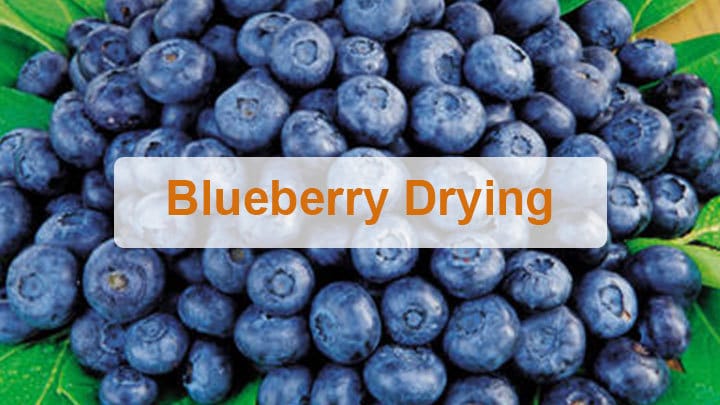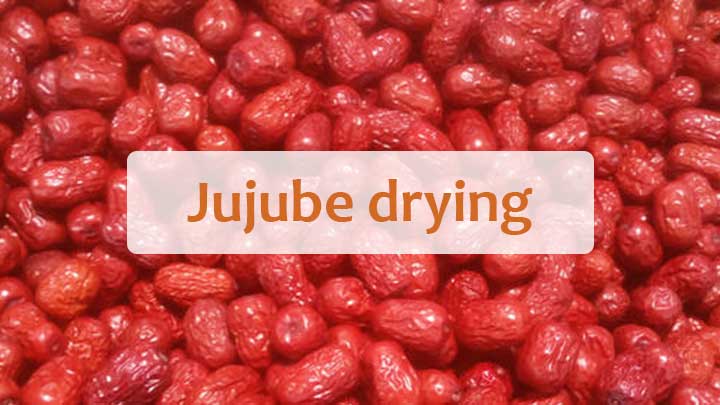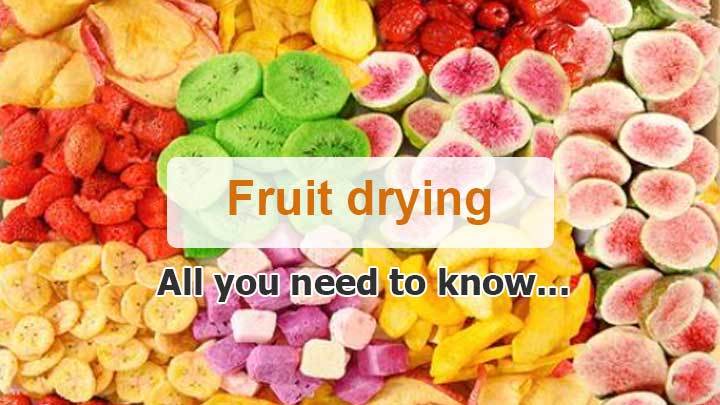
We often see all kinds of dried fruits in supermarkets and fruit shops. The dried fruits can maintain the taste and nutrition of fresh fruits and are more convenient to store and carry. So how do we make dried fruit? Next, I will introduce some fruit drying methods to you.
Different dryer for factory and household
For large fruit processing plants or fruit supermarkets, we recommend you to use the fruit drying room or continuous conveyor dryer, both of them use hot air circulation drying. The output of the fruit drying room can be customized according to your needs. The continuous conveyor dryer can achieve continuous feeding and discharging, which can meet the needs of large production.
Most fruits require some processing before drying. If you need to achieve large-scale automated and continuous production, we can provide you with matching corresponding machines. Take drying apples as an example, we have fruit washing machines, fruit corers, fruit slicers, fruit dryers, dried fruit packaging machines. A one-stop fruit processing solutions provider, welcome to contact.
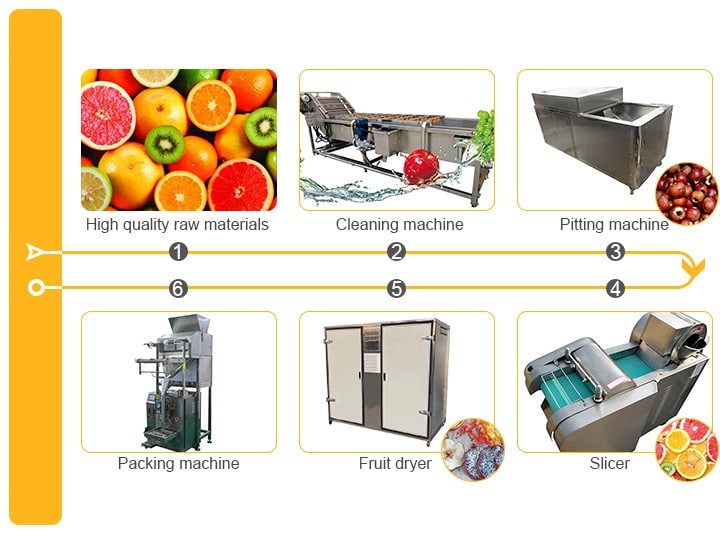
For families and small fruit shops, we generally use small electric drying ovens to dry fruits. The small fruit drying box occupies a small area and can be easily placed at home or in a store. Moreover, it is more convenient for users to use electricity to dry, and the heat source can be equipped with our air energy heat pump, which can dry a whole box of fruits with only a small amount of electricity. For some areas lacking electricity, we also have corresponding solar dryers. All the common fruits in the market can be dried in this fruit drying oven. The drying effect is of course also very good. The dried fruits can be used as a dry food reserve when you go out and travel, or as a casual snack in your free time.
Precautions for drying fruits
Material characteristics: For different materials, choosing a suitable drying method is very important.
For example, for the drying of blueberries, cherries, other small berries, some special drying processes are required. When drying this kind of fruit, it is necessary to remove the wax material on the surface of the material, combine dehumidification and heating, wait for the material to re-moisturize and perform secondary drying, and so on.
For apples, lemons, kiwis, and other fruits with relatively strong fibers can be directly dried after washing and cleaning. However, it should be noted that such materials are easy to accumulate, pay attention when placing them, and increase the heat exchange area and ventilation reasonably to speed up the drying rate.

Temperature and humidity: There are also suitable drying temperatures and humidity for different fruits. For some materials with high moisture content, the combination of high-temperature drying and natural drying with low-temperature drying is adopted. Appropriately increasing the temperature difference can increase the drying rate. Most materials need to reasonably control the drying curve and dehumidification curve in different drying stages to ensure the quality of the finished product.
On the solutions page of the website, we list some common drying processes for fruit drying, including the temperature and humidity that need to be set, drying time, drying method, and so on. If you have materials that need to be dried, welcome to contact our professional drying experts to obtain the most suitable temperature and humidity settings.
The choice of heat source: On the one hand, the heat source is closely related to the cost of the customer, on the other hand, it will also affect the drying effect of the material to a certain extent. For families and small fruit shops, air energy heat pumps are the most suitable way. For large-scale fruit processing plants, coal, oil, gas and other methods can also be used. These methods can generate greater heating value, meet the demand for high production, and have greater economic benefits. Regarding how to choose a heat source, you can refer to our article for reference.
